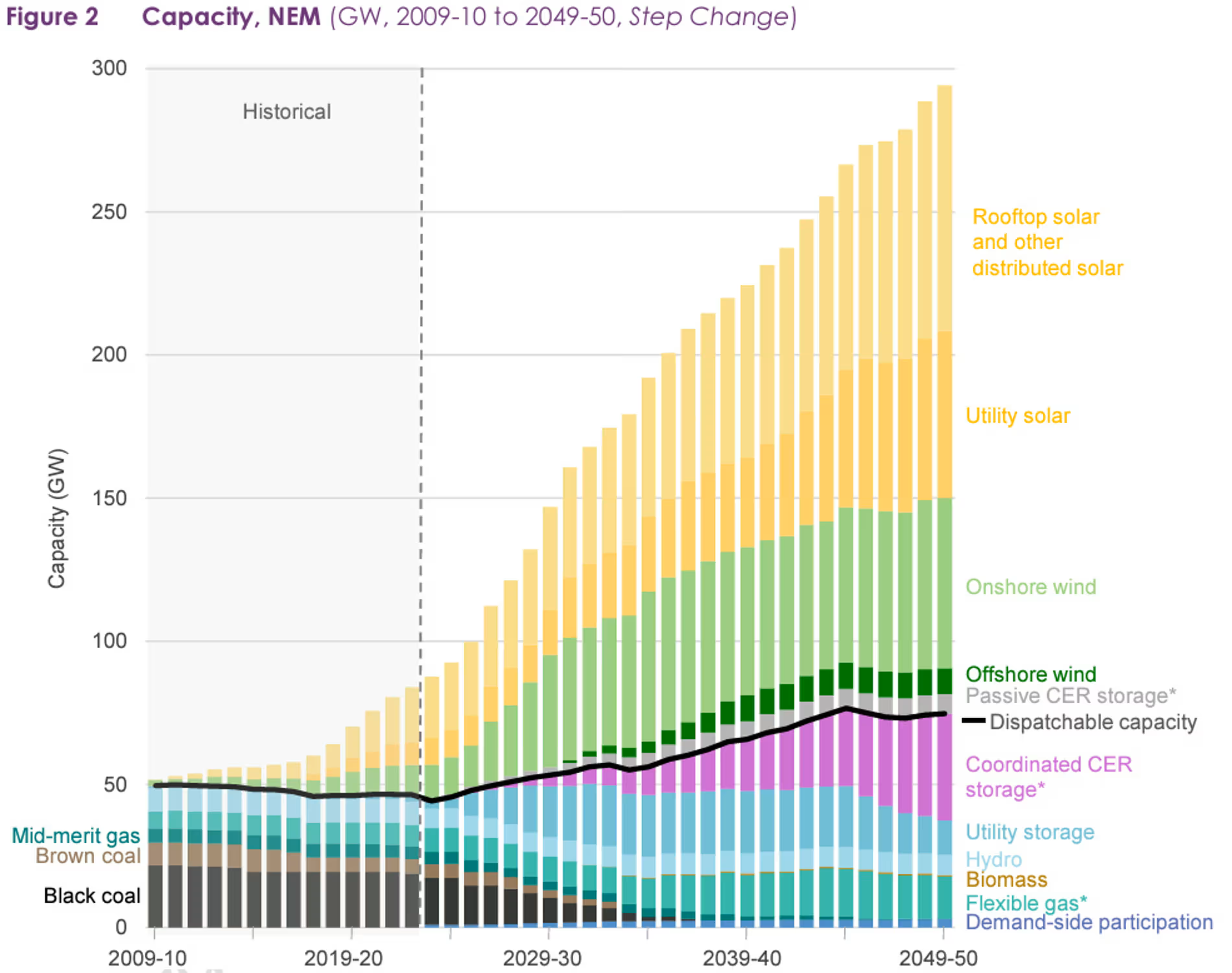As we know, Australia needs 26 coal peaker plants to make its renewable energy future function:

There are fifteen coal-fired power stations still in the NEM. Conversion of these to gas-fired units would halve emissions, be super cheap and fast.
It is the only path to meet Paris Agreement targets and put the renewables rollout back on track.
This is the plan that has allowed the US to convert more than one hundred coal-fired power stations to gas and to surpass Australian emissions reduction, even though its climate politics are worse than even ours:

Hilariously, it is also the plan we had all along.
So, why aren’t we doing it?
Very simple. There is no gas security of supply since the LNG export cartel took control of 85% of east coast reserves from 2014.
The cartel deliberately over-exports to China to keep local gas prices high.
Indeed, spot prices remain far above Albo’s failed $12Gj price cap at $14.20Gj:

With the now routine winter electricity shock exploding:

If you believe in renewables then you also believe in gas while energy storage is built out, or you are lying to yourself and everybody else (see The Greens frauds).
Whether you support renewables or nuclear in the long run, in the period to 2040 gas is essential or the electricity grid will break instead.
We will either break the gas cartel or living standards will collapse.

